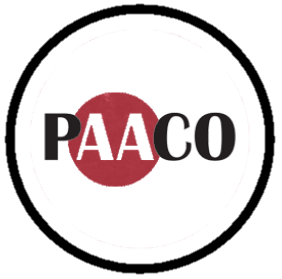Springers experience transitions to new housing, feed rations, social environments, human interaction, and milking parlors, which can induce stress. Training these heifers to enter the parlor before calving leads to fewer steps and kicks during milking than untrained heifers who experienced the parlor for the first time only after calving. Untrained heifers also show behaviors associated with aversive experiences, including tucked tails, hanging ears, lowered heads, and wide eyes.
Which animals to assess:
Evaluate springers based on the sampling guidelines.
How to assess:
Confirm that low-stress heifer transitions are in place and note which ones. Evidence can be in the form of observations, employee interviews, or documented in SOPs.
Pre-freshening parlor acclimation and dedicated first lactation pens are acceptable as evidence of efforts to reduce transition stress.
Pre-freshening parlor acclimation and dedicated first lactation pens are acceptable as evidence of efforts to reduce transition stress.
There is currently no repeatability test for this measure.

